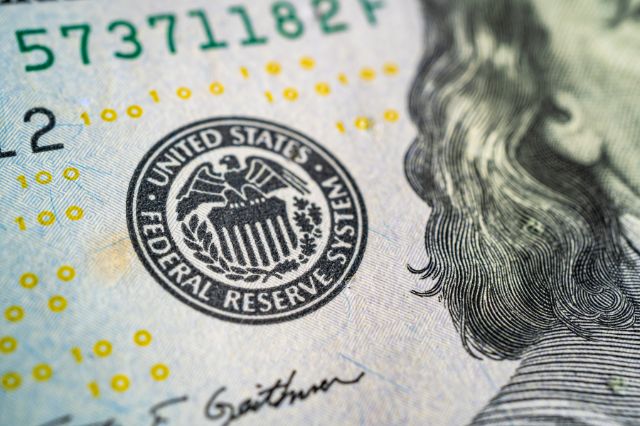When it comes to the U.S. financial system, two key institutions often come to the forefront: the U.S. Department of the Treasury and the Federal Reserve System. While both play crucial roles in the nation’s economy, they serve distinct functions and have different mandates. Understanding these differences is essential for anyone looking to grasp the complexities of U.S. monetary and fiscal policy.
The U.S. Department of the Treasury
The U.S. Department of the Treasury was established in 1789 and is primarily responsible for managing federal finances. Its main functions include:
Revenue Collection: The Treasury collects taxes and manages government revenue through the Internal Revenue Service (IRS).
Public Debt Management: It issues government securities, like Treasury bonds, bills, and notes, to finance government operations and pay off maturing debt.
Economic Policy: The Treasury develops and implements economic policies, including those related to international trade and finance.
Currency Production: It oversees the production of physical currency through the Bureau of Engraving and Printing.
Key Functions
The Treasury’s role is fundamentally tied to fiscal policy, which involves government spending and taxation. It aims to ensure that the government can fund its operations while managing the national debt responsibly. The Secretary of the Treasury, a member of the President’s Cabinet, plays a vital role in shaping economic policy and advising the President on financial matters.
The Federal Reserve System
The Federal Reserve, often referred to as the Fed was created in 1913 with the primary goal of providing the country with a safer and more flexible monetary and financial system. Its key functions include:
Monetary Policy: The Fed controls the money supply and interest rates to achieve macroeconomic goals such as stable prices and full employment.
Banking Supervision: It supervises and regulates banks to ensure the stability and safety of the banking system.
Financial Services: The Federal Reserve serves as a bank for banks, providing services such as check clearing and the distribution of currency.
Lender of Last Resort: In times of financial crisis, the Fed can provide liquidity to banks to prevent systemic collapse.
Key Functions
The Federal Reserve’s role is centered on monetary policy, which involves controlling inflation and stabilizing the economy. The Fed operates independently of the government, although its leadership is appointed by the President and confirmed by the Senate. This independence allows the Fed to make decisions based on economic data rather than political pressures.
Key Differences
Functions and Responsibilities
Treasury: Focuses on fiscal policy, revenue collection, and managing government debt. It is responsible for the government’s financial operations.
Federal Reserve: Concentrates on monetary policy and regulating the banking system. It aims to maintain economic stability and manage inflation.
Independence
Treasury: Operates within the executive branch of government and is subject to political influence.
Federal Reserve: Functions independently from the government, which allows for more objective decision-making based on economic conditions.
Policy Tools
Treasury: Uses taxation and government spending to influence the economy.
Federal Reserve: Utilizes tools such as open market operations, interest rate adjustments, and reserve requirements to manage the money supply.
Regulatory Authority
Treasury: Oversees tax policy and government spending but does not directly regulate banks.
Federal Reserve: Has regulatory authority over banks and financial institutions, ensuring their soundness and compliance with laws.
Pryor Financial Insights
While the U.S. Department of the Treasury and the Federal Reserve both play vital roles in the American economy, they do so through different mechanisms and with distinct objectives. Unfortunately, the majority of Americans are not aware of these distinctions or worse that these two are very different from one another.
We must remember moving forward that the Federal Reserve Bank is NOT a part of the US government and is an individual body that regulates policies apart from the Treasury.
Understanding these differences is essential for anyone interested in bettering your personal finances because the Federal Reserve directly determines how and when your income and savings will be affected.
Pryor Financial always aims to provide clarity to all our members, customers, and students alike. Now that you have an understanding that the Federal Reserve is the most important decision-maker for your pockets, continue to try to inform others in our communities so that they pay attention to the news that matters!
Schedule an appointment today to learn how Pryor Financial can help you achieve your financial goals. Let’s work together to build a brighter financial future.

